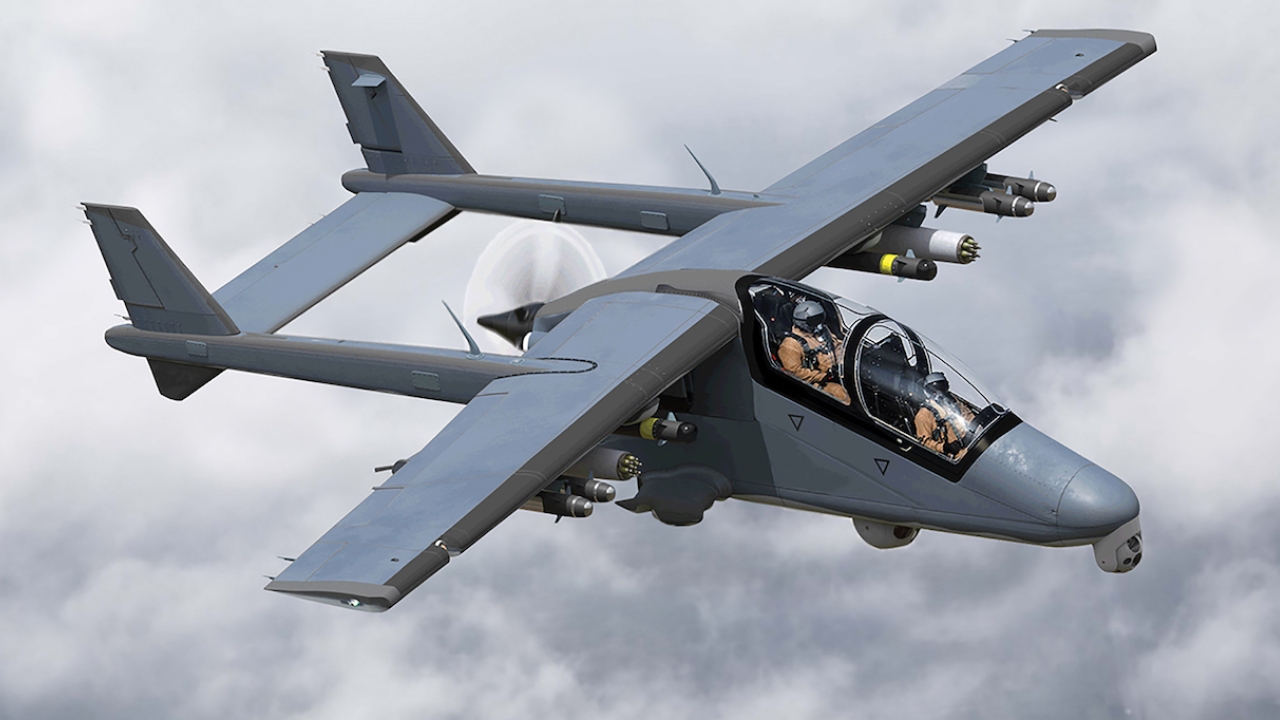Cheetah purrfect for US private air force
The most advanced fighter aircraft ever constructed in Africa is about to find a new lease of life on the other side of the world. Alan Dron reports.

The distinctive delta-winged shape of the Atlas Cheetah will be seen in the skies over the western US later this year, following the sale of 12 of the ex-South African Air Force (SAAF) aircraft to US company Draken International.
Draken is frequently referred to as the world’s largest private air force. It provides dissimilar air combat training to the US armed forces, with an inventory that includes the MiG-21bis, McDonnell Douglas A-4K Skyhawk and Dassault Mirage F1M. The company’s ‘order of battle’ is considerably larger than that of many air forces.
Atlas – which later became Denel – developed the Cheetah in the 1980s to revitalise the SAAF’s combat fleet of Dassault Mirage IIIs, which was facing increasingly modern Soviet-supplied MiG-23s in nearby states.
Cheetah development involved the addition of canards above the engine air intakes, a dog-toothed wing leading edge plus other aerodynamic refinements, a more powerful SNECMA Atar 9K50C-11 engine and a major upgrade of the aircraft’s avionics, which necessitated the Cheetah’s distinctive lengthened nose.
Around 70 aircraft were converted, with the type being retired in 2008 when the Saab Gripen arrived.
Draken has bought nine single-seat Cheetah C and three two-seat Cheetah D variants to use as fourth- generation opponents for the US and other air arms. The cost of the deal has not been revealed.
The contract includes return-to-service and flight-acceptance tests in South Africa and aircraft delivery to the US. At the time of writing, Denel Aeronautics was negotiating to secure a logistics support contract for the supply of component and engine MRO services, plus design authority and systems engineering support for the aircraft.
Engine MRO work on the Cheetah will be coordinated by Aero Engines MRO, formerly engine support company Turbomeca Africa, in which Denel took a controlling stake in 2017.
“This is a major achievement for the South African defence industry, as other South African companies will form part of the logistics support programme,” said Zwelakhe Ntshepe, Denel’s Group CEO.
Denel aims to tap into the manpower pool that developed and maintained the aircraft during their initial life to help return the aircraft to service, while other South African companies will be used for specific workshop capabilities.
Denel Aeronautics’ CEO, Mike Kgobe, noted that the company had received several expressions of interest for the remaining Cheetah fleet since the delivery in 2011 of 12 aircraft to the Ecuadorian Air Force.
Draken representatives visited Denel Aeronautics in July 2017. A letter of intent for the aircraft was received a month later.
While in storage, the Cheetah airframes received various scheduled maintenance actions. The amount of life remaining in the airframes is dependent on the continued scheduled maintenance being performed.
According to John Baum IV, Draken’s vice-president, security & strategic projects: “A few [Cheetahs] were kept in flying condition while the rest were put into controlled climate storage, disassembled properly for a quick return to service inspection.
“The jets are going through a full overhaul inspection, replacing time-limited components as required.”
The first two jets were expected to undertake inspection flights in February or March. They would then be partially disassembled for transport by container ship to the US.
Baum said that Draken had modernisation plans in mind for the aircraft, but added that the Cheetah C was “already a formidable aircraft with the upgrades accomplished at Denel, including a new Northrup Grumman GPS/INS system and colour multi-function displays”.
He added that Draken would train its own pilots to fly the Cheetahs, with assistance from Denel’s test pilots, who were either former or current SAAF reserve pilots.
The aircraft will be used by Draken for a US Air Force contract it operates at Nellis AFB in Nevada, supporting the USAF Weapons School and Red Flag exercises. The US Navy, meanwhile, has requested supersonic jets to support the famous Top Gun course at Naval Air Station Fallon, also in Nevada. Both of these contracts were ideal for Cheetah operations, said Baum.
Draken aims to have the aircraft flying in the US at the end of summer 2018.
Stay up to date
Subscribe to the free Times Aerospace newsletter and receive the latest content every week. We'll never share your email address.

